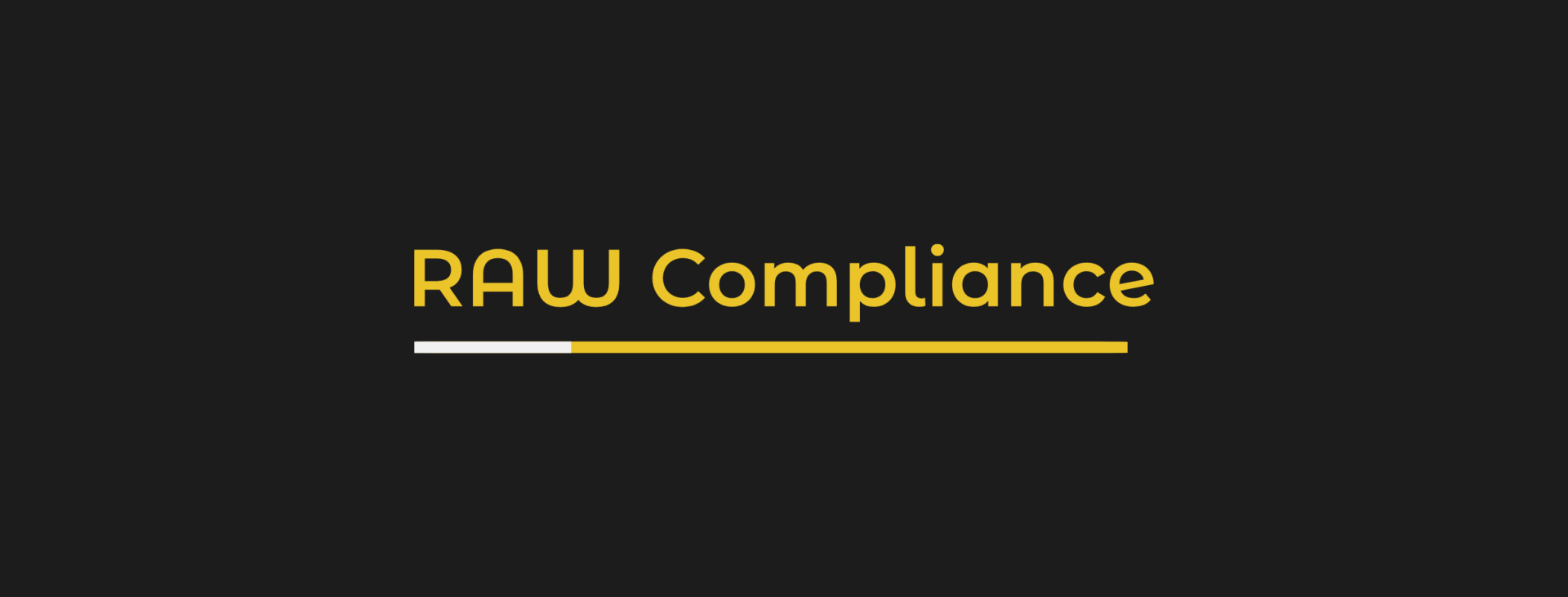Previous Webinar
Are We Managing AML and Customer Risk Correctly?
Know Your Customer (KYC) procedures are a critical function to assess customer risk and a legal requirement to comply with Anti-Money Laundering (AML) laws. Effective KYC involves knowing a customers identity, their financial activities and the risk they pose.
Are we managing AML and Fraud risks correctly? Do we know what is in our books?
Are we managing AML and Fraud risks correctly? Do we know what is in our books?
Format
Webinar Presentation and Recording
Webinar date
27 April
2021
CPD Points
1
Price
Free
What you are going to learn
A few more words about this course
- A 1996 report published by Chulalongkorn University in Bangkok estimated that a figure equal to 15% of the country's GDP ($28.5 billion) was illegally laundered money.
- In the UK, the total penalties from June 2017 to April 2019 on anti-money laundering non-compliance was £241,233,671.
- Iran stands at the top of the Anti-Money Laundering (AML) risk index with a score of 8.6, the world's highest. Afghanistan comes second with a score of 8.38, while Guinea-Bissau comes 3rd with a score of 8.35.
- Mexican drug cartels lander at least USD 9 billion (5% of the country's GDP) each year.
- Money laundering takes up about 1.2% of the EU's total GDP.
- Completing the KYC process usually costs banks around USD 62 million.
- 88% of consumers say their perception of a business is improved when a business invests in the customer experience, especially finance and security
What is the challenge?
Why does financial crime continue at such a low detection rate?
Why are we lacking effectiveness?
In this webinar we spoke with industry experts addressing the key issues:
- Do we really understand the risks posed by new clients or in our client's books?
- Are we thinking outside the box and incorporating new typologies?
- How innovative are we, agile and proactive in identifying risks?
- What can we do better?
Speakers
Write your awesome label here.
Oonagh van den Berg
Founder and CEO of RAW Compliance & Managing Director of Virtual Risk Solutions
Write your awesome label here.
Pascal Nizri
Co-Founder and CEO of Chekk
Write your awesome label here.
Dev Odedra
Director- Independent AML Expert of Minerva Stratagem Consulting
